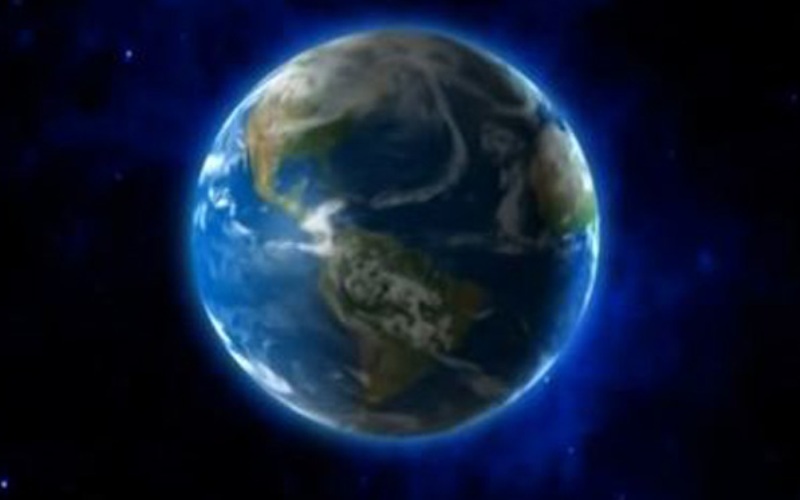New York: Ancient wildfires played a crucial role in the formation and spread of grasslands that now cover large parts of the Earth, according to a research.
The study found that frequent, seasonal fires nearly 10 million years ago, in the late Miocene — Geologic time period — helped turn forested areas into open landscapes, and drove the expansion of grasslands.
Researchers from the University of Pennsylvania in the US developed an innovative approach to test the role of fire in the rise of early grasslands. They analysed tracers of ancient leaves and of burned organic matter left behind in paleosols (stratum or soil horizon), or fossil soils, in northern Pakistan.
“The tools we use are molecules and biomarkers produced by organisms in Earth history and preserved in rocks,” said Allison Karp, a graduate student from the varsity.
“We can use these as clues to figure out what was happening with climate and ecology in the past,” Karp added.
The new technique seeks to answer questions about past vegetation and climate change and shows that the tool can pinpoint the location of a fire where it occurred according to researchers.
“This is one of the biggest ecological changes in the last 66 million years,” Karp said, in the paper reported in the journal Proceedings of the National Academy of Sciences.
Around 10 million years ago, forests were replaced by more fire-prone, open woodlands or grasslands, and between six and eight million years ago, C4 grasslands became dominant.
In the late Miocene, wet seasons brought on by monsoon conditions encouraged plant growth, which in turn created more fuel for fires during hot, dry seasons in Pakistan.
Importantly, scientists have long studied the rise of C4 grasslands — plants that evolved a new way to handle photosynthesis that allows them to thrive in dry, tropical conditions and with lower amounts of carbon dioxide.
The role fire played in the expansion and evolution of grassland systems in deep time is important because understanding how fire has maintained systems in the past can help us predict what may happen to these important systems in the future as climate continues to change, Karp noted.
[source_without_link]IANS[/source_without_link]

